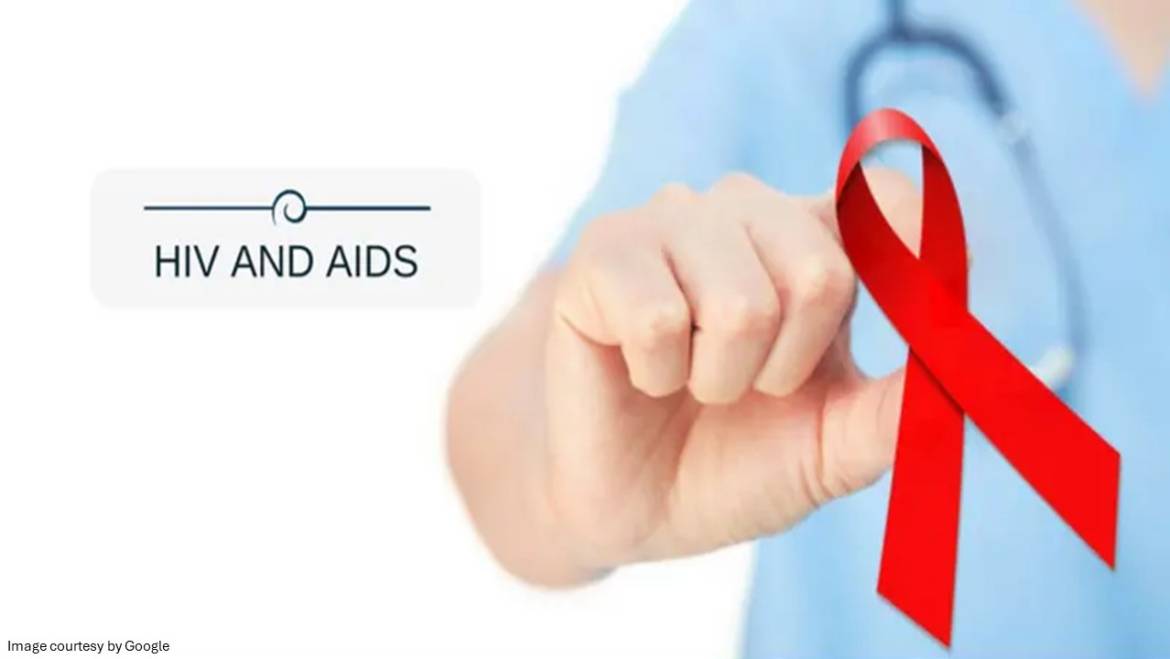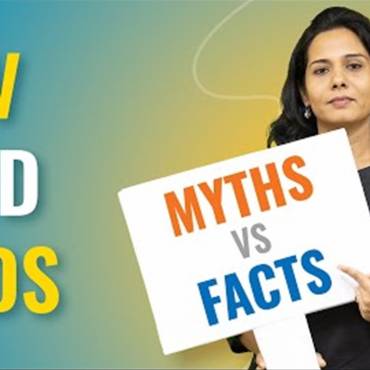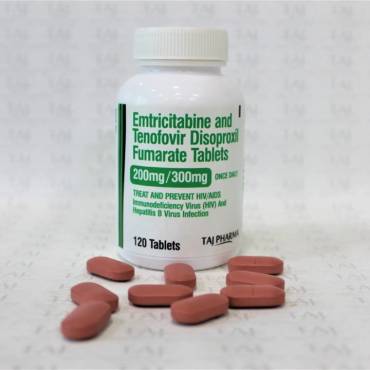Effective Strategies for Preventing HIV: Safeguarding Your Health and Well-being
Knowing whether or not you are at risk of transmission of HIV is rarely a scenario. Additionally, there is a lot of misinformation and beliefs regarding the topic of HIV and HIV transmission. You probably have numerous questions, some that you might be too afraid to ask. Learning about how to safeguard yourself is important. In this information guide, we will be going to break down some of the myths you have heard about HIV transmission as well as explain what causes HIV, the symptoms of HIV, how AIDS is transmitted, and how to prevent HIV.
What is HIV and AIDS?
HIV, the human immunodeficiency virus, compromises the body’s immune system. An HIV-positive individual will experience a hindered ability to fight off infections and diseases. HIV contraction attacks and destroys CD4 cells used by the immune system when an infection is present. With time, this virus can wear down the immune system. If not treated on time, HIV can lead to AIDS, a disease called acquired immunodeficiency syndrome. One can’t get rid of the virus, and no effective cure exists for HIV. So, once you get infected with HIV, you have it for life.
AIDs is defined as the late stage of HIV that develops when the immune system of the infected person is badly damaged because of the virus.
What is the difference between HIV and AIDS?
AIDS is a medical condition that can develop in people who are infected with HIV. It is considered the most advanced stage of HIV. But just because an individual has HIV doesn’t mean AIDS will develop. Treatment with antiretroviral medications can typically prevent AIDS from developing in people with HIV. The symptoms of HIV AIDS vary depending on the infected individual and the phase of infection.
Causes of HIV and transmission
How do people get HIV? Well HIV can be contracted through the transmission of bodily fluids. One can’t catch HIV through casual physical contact like a hug or handshake, and it does not transmit like a cold or flu through the air or on surfaces.
How is HIV spread?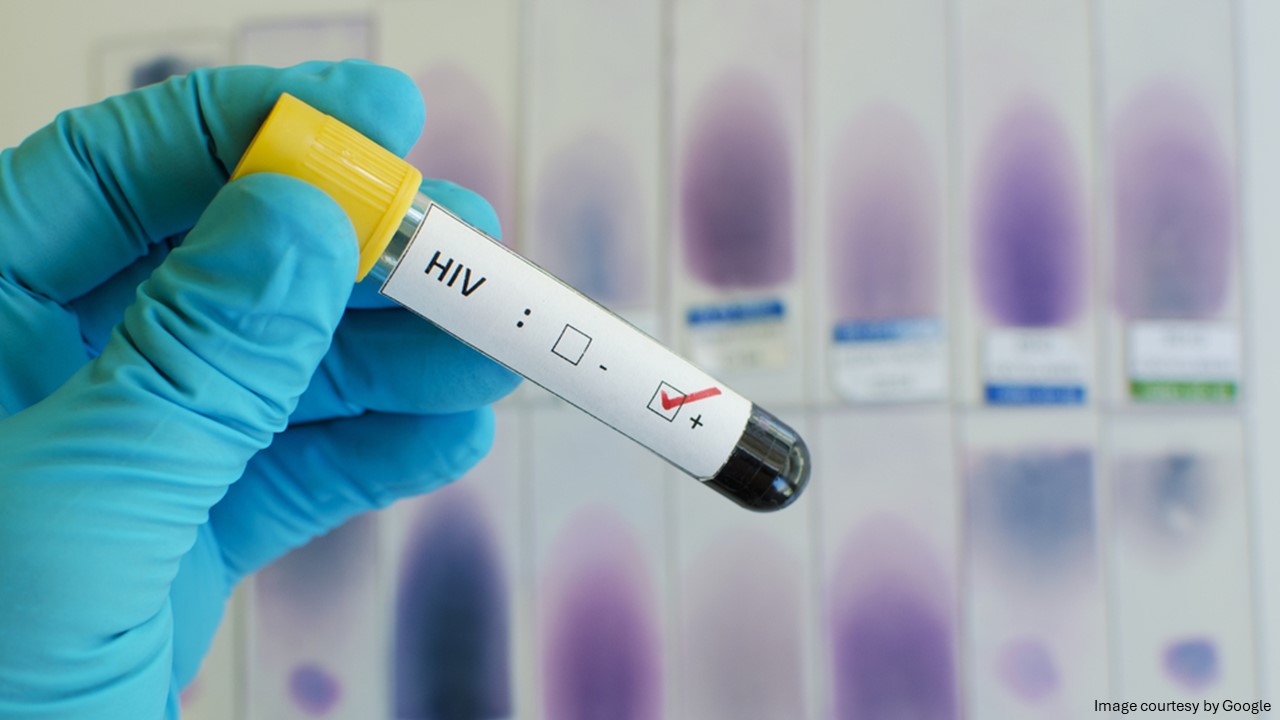
Some of the most common ways that HIV is transmitted through bodily fluids are sex, blood transfusions, sharing needles during pregnancy, breastfeeding, and delivery. If you have any doubts about how HIV spreads, please get in touch with your doctor.
HIV management
It is important to understand that HIV can be managed when infected people are using proper treatment. While there is no cure for this deadly infection, medication can slow down the progression of the virus, and many people who have HIV can live a normal, healthy life. Prevention of AIDS is not just about following rules; and it’s about knowing when to act to protect yourself and others from the deadly infection. It requires an informed, holistic approach that allows you to understand the dynamics of the diseases and ways to prevent them. Read on to discover some effective ways for HIV prevention.
Be sure to practice safe sex and get tested for AIDS before starting a new sexual relationship. Use a condom every time you indulge in physical contact; prefer using water or silicone-based lubricants. Never share syringes or needles with anybody. You can also consider taking prevention medication if you are at a high risk of getting the disease. Get the treatment right away and avoid breastfeeding during pregnancy to prevent transmission of the disease from an infected mother to her baby.
One of the major causes of AIDS is the human immunodeficiency virus (HIV), which destroys the immune cells that fight off infection. Once the immune cells are destroyed, it becomes difficult for your body to fight off the infection. Without treatment, an HIV infection can progress to AIDS, where your body’s defense system gets damaged, which ultimately leads you to get opportunistic infections (several severe illnesses, including certain types of cancers). HIV transmits through contact with the body’s fluids, like blood, vaginal fluids, semen, breast milk, or rectal fluid from an infected person.
However, most people in the United States get the virus through unprotected sex or sharing needles with someone who is infected. The deadly virus can also spread from a mother to her child during pregnancy, while breastfeeding, or at the time of childbirth. Although a sharp decline has been noticed in HIV/AIDS cases in the last few years, it is still a topic of concern as thousands of new cases are being introduced every year. But don’t lose hope; there are things you can do to protect yourself from this life-threatening disease.
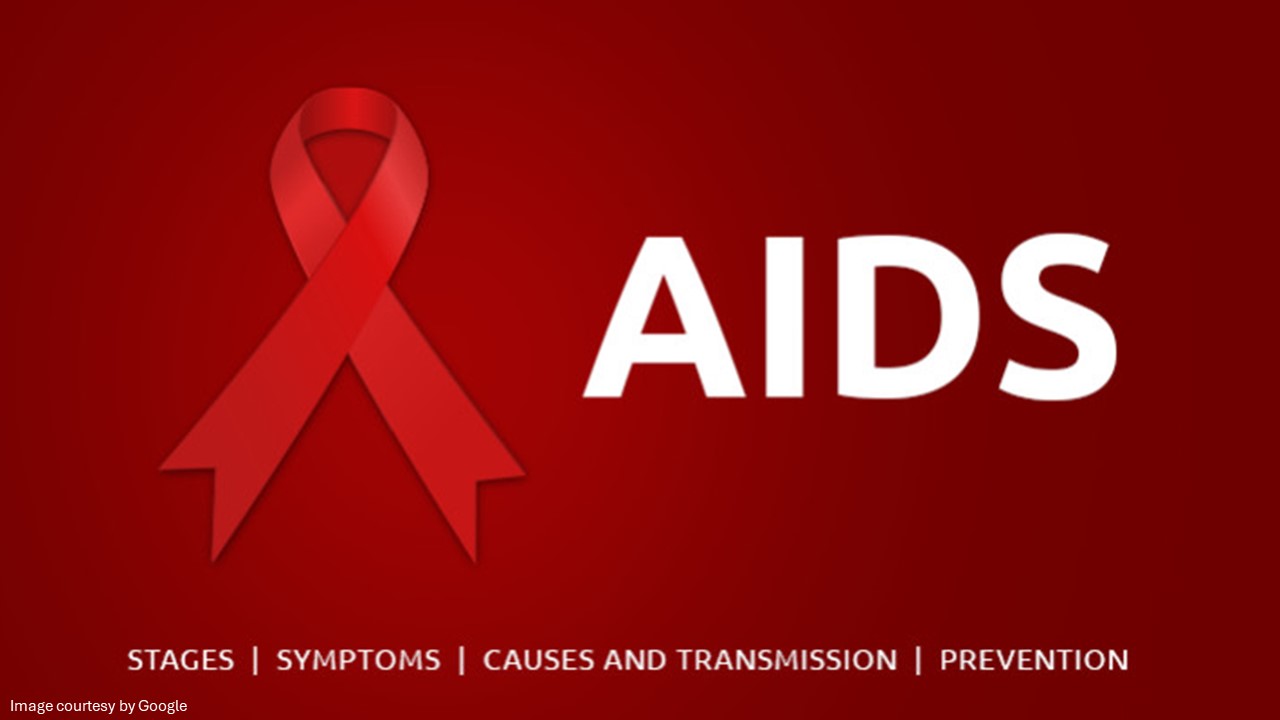
Ways to prevent HIV or AIDS
Practice safe sex – The best and most completely effective way of preventing AIDS is refraining from anal, oral, or vaginal sex. Since this might not be possible for everybody, the next best bet would be to take measures to protect yourself when you are sexually active. Condoms are considered most effective at protecting you from HIV/AIDS.
-
- Avoid sharing medical equipment – Sharing needles or other injecting equipment can put you at increased risk of getting HIV. If you are addicted to drugs, quit the habit and talk to a healthcare provider to discuss options for substance abuse.
- Consider preventive medication – Preventive medications can help lower the risk of HIV if you are at high risk.
- Get tested for HIV during pregnancy – If you have conceived, then you should get tested for HIV. If you get diagnosed with a deadly infection, taking the appropriate medications can reduce your risk of transmitting the infection to your baby.
- Avoid blood contact – Avoid getting anyone’s blood to contact with your open wounds or cuts on your skin. Also, protect your eyes, mouth, and nose.
- Limit sexual partners – Having more sexual partners increases the risk of risk of getting infected with HIV/AIDS. Being in a mutual relationship with someone who is HIV-free is your best bet.

